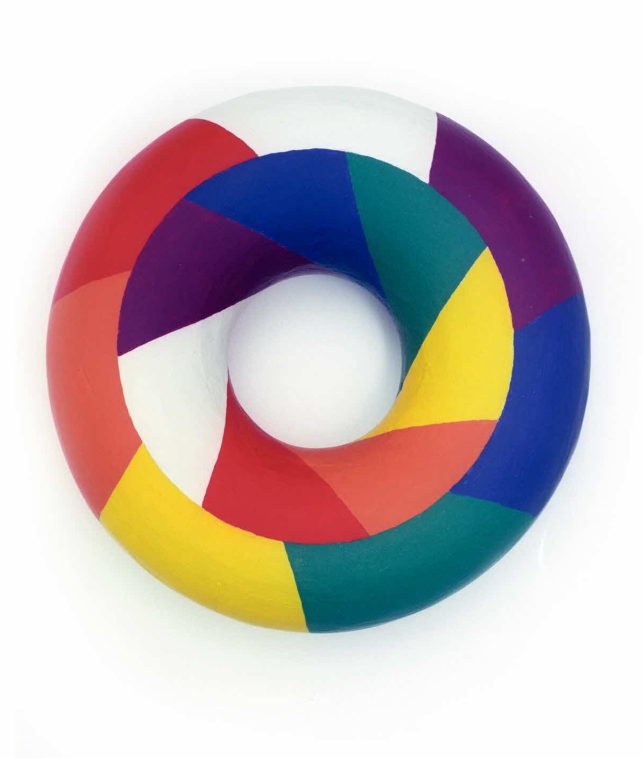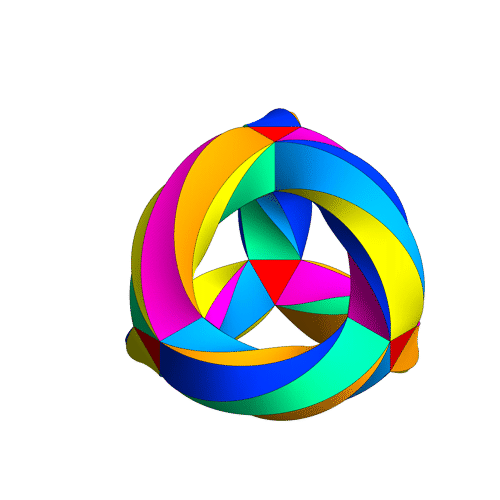April 30, 2016
Relative Endomorphisms
Posted by Qiaochu Yuan
Let be a monoidal category and let be a left module category over , with action map also denoted by . If is a monoid and is an object, then we can talk about an action of on : it’s just a map
satisfying the usual associativity and unit axioms. (The fact that all we need is an action of on to define an action of on is a cute instance of the microcosm principle.)
This is a very general definition of monoid acting on an object which includes, as special cases (at least if enough colimits exist),
- actions of monoids in on objects in ordinary categories,
- actions of monoids in (that is, algebras) on objects in -enriched categories,
- actions of monads (letting ), and
- actions of operads (letting be a symmetric monoidal category and be the monoidal category of symmetric sequences under the composition product)
This definition can be used, among other things, to straightforwardly motivate the definition of a monad (as I did here): actions of a monoidal category on a category correspond to monoidal functors , so every action in the above sense is equivalent to an action of a monad, namely the image of the monoid under such a monoidal functor. In other words, monads on are the universal monoids which act on objects in the above sense.
Corresponding to this notion of action is a notion of endomorphism object. Say that the relative endomorphism object , if it exists, is the universal monoid in acting on : that is, it’s a monoid acting on , and the action of any other monoid on uniquely factors through it.
April 23, 2016
Polygonal Decompositions of Surfaces
Posted by John Baez
If you tell me you’re going to take a compact smooth 2-dimensional manifold and subdivide it into polygons, I know what you mean. You mean something like this picture by Norton Starr:
or this picture by Greg Egan:
(Click on the images for details.) But what’s the usual term for this concept, and the precise definition? I’m writing a paper that uses this concept, and I don’t want to spend my time proving basic stuff. I want to just refer to something.
April 21, 2016
Type Theory and Philosophy at Kent
Posted by David Corfield
I haven’t been around here much lately, but I would like to announce this workshop I’m running on 9-10 June, Type Theory and Philosophy. Following some of the links there will show, I hope, the scope of what may be possible.
One link is to the latest draft of an article I’m writing, Expressing ‘The Structure of’ in Homotopy Type Theory, which has evolved a little over the year since I posted The Structure of A.
 Posts with this logo use
Posts with this logo use 
















